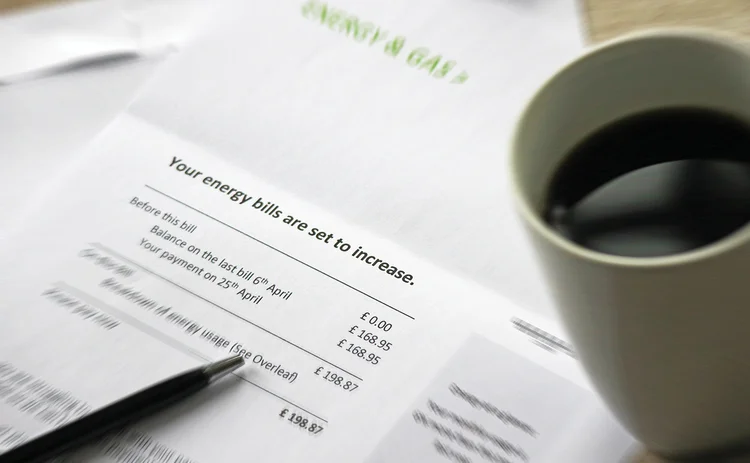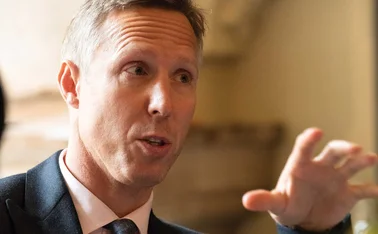
In Depth: Underinsurance and the value of risk management

Sam Barrett explores the threat of increasing underinsurance amid a cost of living crisis and asks how brokers can help their clients and ensure they are covered to the right level
Underinsurance is a perennial problem for the insurance sector but, with the cost of living crisis putting finances under pressure, it’s set to become even more of a challenge. To prevent policyholders putting their livelihood on the line, the insurance industry must highlight the implications of underestimating cover requirements.
It’s a conversation that’s becoming increasingly common between brokers and their clients. “We are always highlighting the issue of underinsurance with our clients
Only users who have a paid subscription or are part of a corporate subscription are able to print or copy content.
To access these options, along with all other subscription benefits, please contact info@insuranceage.co.uk or view our subscription options here: https://subscriptions.insuranceage.co.uk/subscribe
You are currently unable to print this content. Please contact info@insuranceage.co.uk to find out more.
You are currently unable to copy this content. Please contact info@insuranceage.co.uk to find out more.
Copyright Infopro Digital Limited. All rights reserved.
As outlined in our terms and conditions, https://www.infopro-digital.com/terms-and-conditions/subscriptions/ (point 2.4), printing is limited to a single copy.
If you would like to purchase additional rights please email info@insuranceage.co.uk
Copyright Infopro Digital Limited. All rights reserved.
You may share this content using our article tools. As outlined in our terms and conditions, https://www.infopro-digital.com/terms-and-conditions/subscriptions/ (clause 2.4), an Authorised User may only make one copy of the materials for their own personal use. You must also comply with the restrictions in clause 2.5.
If you would like to purchase additional rights please email info@insuranceage.co.uk









